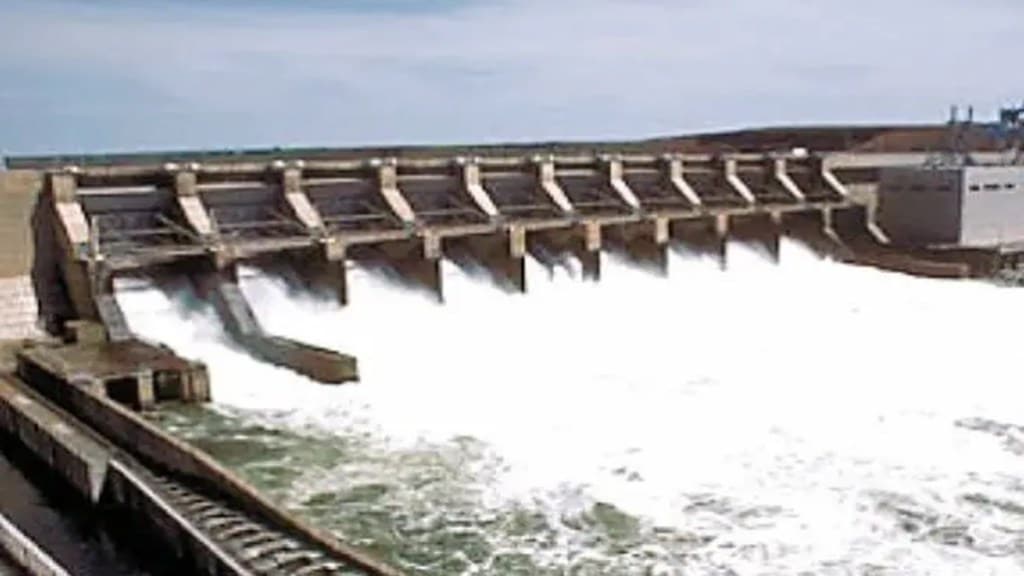The recent announcement by the power ministry relating to the sale of two of the hydro stations of the NTPC—presumably the THDC India Limited and North Eastern Electric Power Corporation Limited, or NEEPCO)—to NHPC is somewhat puzzling. The government holds that this sale will create a specialised hydro power generating company, which will help economise costs and allow for better management practices.
One wants to ask how big a hydro generating company should be to qualify as a specialised entity. Is the current strength of NHPC of about 7,000 MW not good enough? Will the addition of another roughly 2,900 MW from THDCIL and NEEPCO stations endow further specialisation and rationalise costs? The government has also contended that one large hydro company would help meet high demand at night when there is no solar generation. The fact, however, is that matching demand and supply of power has little connection with the corporate structure. Whether a hydro station (especially of existing stations with full connectivity) falls under corporate A or B is immaterial to the functioning of the sector.
NTPC acquired the Centre’s shares in two existing hydro companies, THDCIL and NEEPCO, barely three years ago after investing about Rs 11,500 crore. NTPC, whose earlier name was the National Thermal Power Corporation, is known as just NTPC Ltd. (thereby dropping the thermal tag), since it was making a conscious attempt to move away from purely coal-based generation. In fact, all central power public sector units have dropped their original tag of hydro or thermal because all of them have diversified into renewable generation. For example, Tehri Hydro Development Corporation is now known as just THDC. NTPC was well aware that its growth as a purely coal-based generating company would get stunted by the aversion for coal.
Also Read: India, Sri Lanka to jointly build solar power plant in island nation
Getting even bank finance for more coal-based stations may get increasingly difficult. Apart from acquiring THDC and NEEPCO, NTPC also operates the Koldam hydro project (800 MW). It has also made forays into renewable generation via solar and wind, with a capacity of about 3,000 MW and 160 MW, respectively, either directly or through joint ventures.
It is a well-known fact that India’s experience in the hydro sector has been less than impressive. Our ratio of thermal-to-hydro generation has increased over the years, implying that hydro growth has been lagging. Most of the hydro plants have faced time- and cost-overruns, and we have added only about 46,000 MW of hydro since Independence. In the last ten years, the incremental capacity added has been only about 1,000 MW. If we talk about pump-storage plants (PSP), the Tehri PSP is still under construction, though the project was approved in 2006! The fact is that today we need hydro generation all the more, to balance the grid for the increased generation from renewable sources, which is intermittent.
There are several reasons as to why our hydro sector is suffering. There are relief and resettlement issues, especially when building large dam projects. There are disputes between states on how the benefits should be shared. There are problems of law and order, and above all, there are environmental issues, and clearances are difficult to obtain in addition to being time-consuming. There is a growing civil society in India that has been vocal in its protests against large hydro projects and, finally, speaking objectively, there seems to be some doubt whether we have holistic knowledge regarding the environmental impacts of large dam projects. The example of Joshimath, Uttarakhand, is a case in point.
Also Read: No real gains from renewable generation obligations
Merging of hydro plants under different corporate names is no panacea for the above-mentioned ills. While the government claims that this move will economise costs, I believe it is a wastage of resources. After all, substantial manhours and financial resources would have been spent before NTPC acquired THDC and NEEPCO barely three years ago. Such frequent change in policy is lamentable and portrays a wavering mind, lacking consistency and long-term planning.
The Centre would have probably also included SVJN in this grand design, but was unable; the government of Himachal Pradesh holds 27% of the equity in the company, and the state is presently ruled by a non-BJP government. In the case of THDC, there was no problem since Uttar Pradesh holds 25% of the equity and the state is ruled by the BJP. NEEPCO, in any case, is fully owned by the Centre.
There have been other instances in the recent past where frequent changes in policy have confused stakeholders. One can cite the example of the market-based economic dispatch (MBED), which has been shelved, and, as an alternate, the security constrained economic dispatch (SCED) in a revised format has been proposed in quick succession.
Yet another case is that of the distribution model that needs to be adopted wherein, in the past six years or so, three different models have been proposed, ranging from multiple retailers to multiple distribution companies that would function as delicensed entities. Instead of making frequent changes in policy, it would be more beneficial if a new idea is given time for discussion rathern than rushing to implement something that is not sustainable.
The author is Senior visiting fellow, ICRIER
Views are personal


